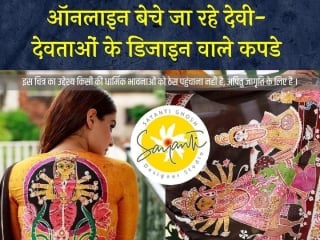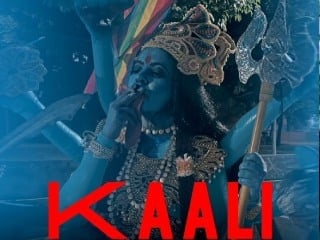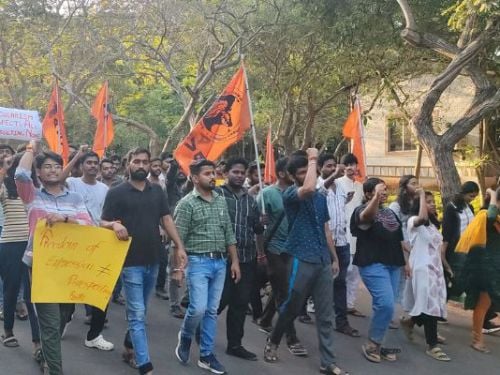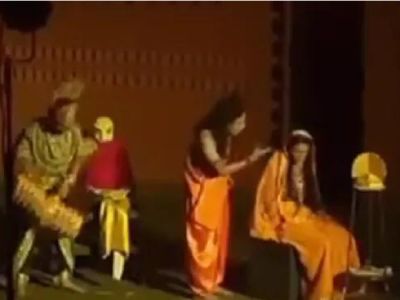
धर्मो रक्षति रक्षित:
Unite to Protect
and Preserve Dharma
The sacred Bhagwad Gita has the following line – “धर्मो रक्षति रक्षित:” (Dharma will protect those who uphold Dharma). Upholding Dharma in present times is not limited to preserving and practicing Dharma, it also means protecting Dharma from various onslaughts. One such onslaught is the constant denigration or mockery of Hindu seats of faith. Denigration means displaying something in an undesirable manner, one that is different from its original form. On a spiritual level, it results in increased pollution due to the base Raja and Tama vibrations. So it is our duty to use all lawful means at our disposal to counter this Adharma. In this section you will see various kinds of denigrations and the Hindu Janajagruti Samiti’s efforts to stop these denigrations in order to preserve Dharmik values in the society.
Impact of Denigrations
Sentiments associated with the seats of faith are hurt
Sets unwanted examples for future generations
Creates a doubt about the credibility of the Divine
Cause exclusion of religious practices & facilitate gradual demise of certain important practices




















